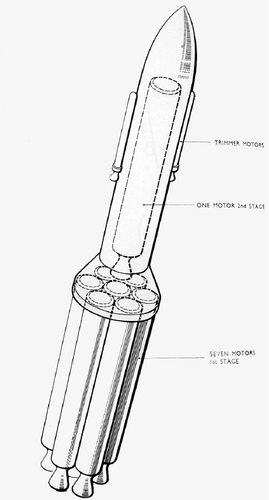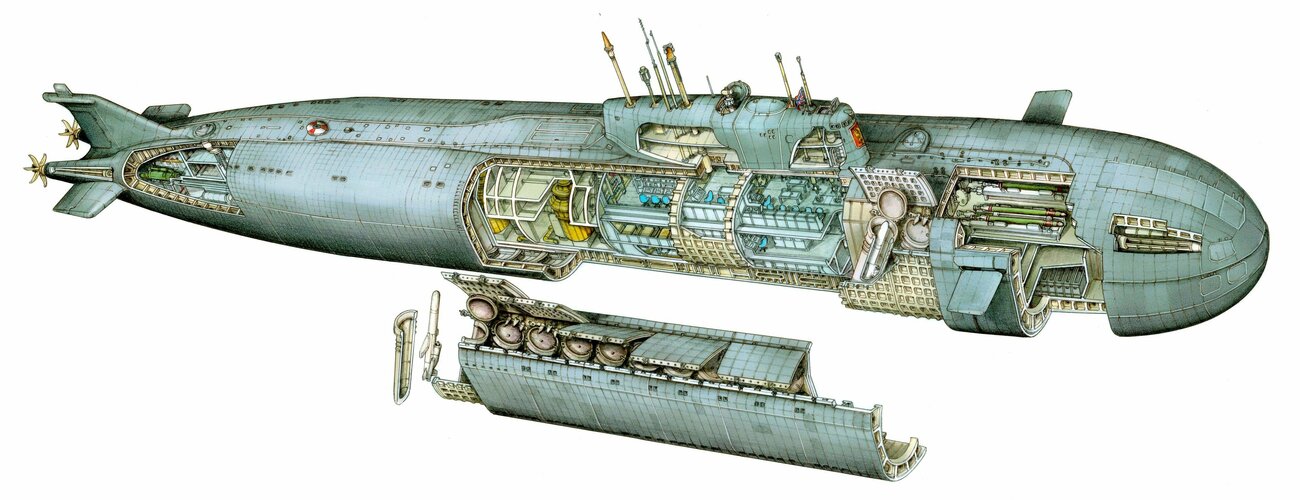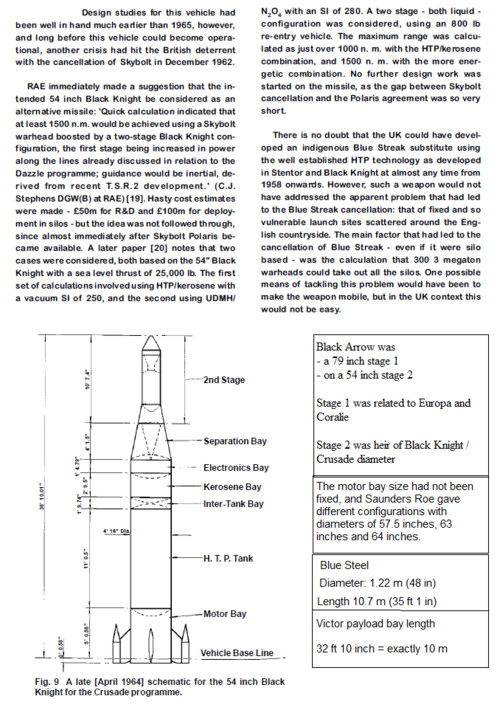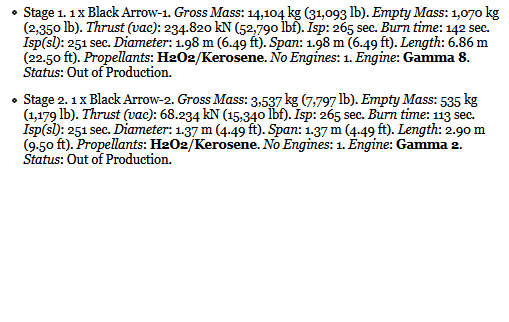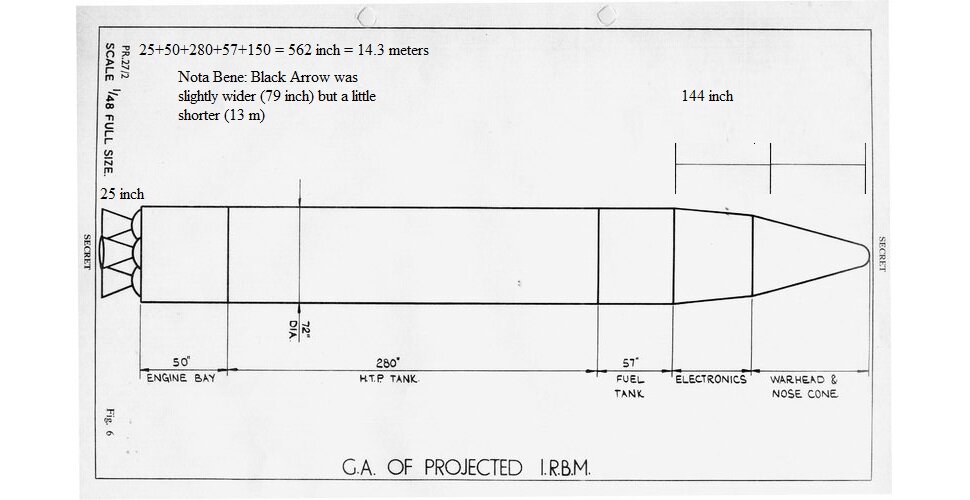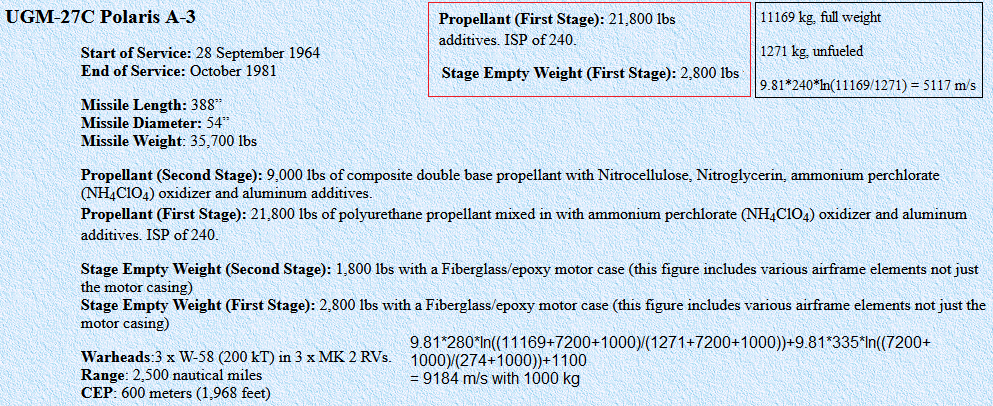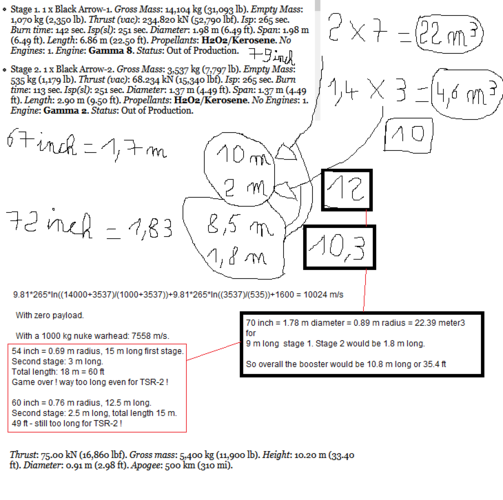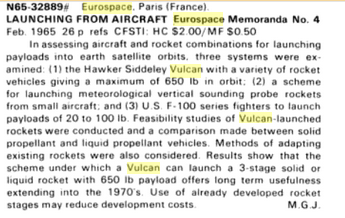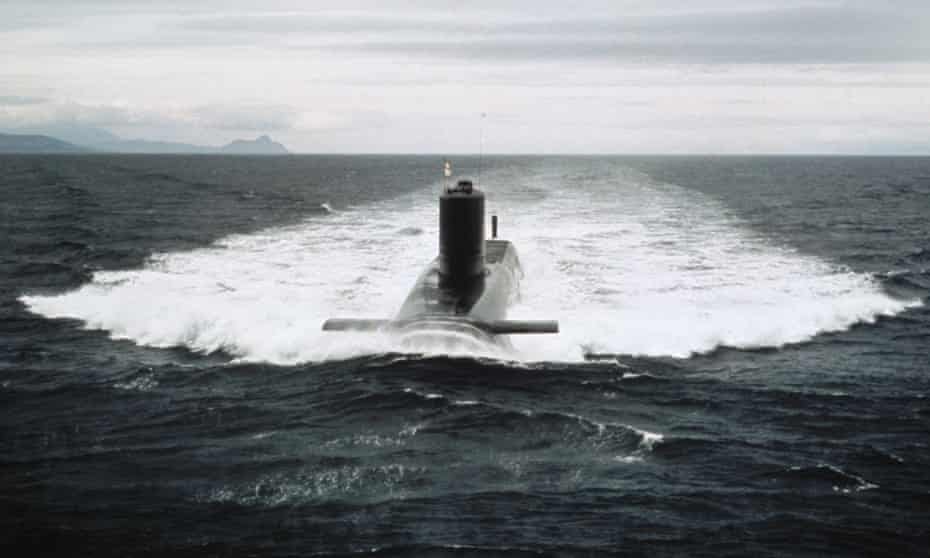I'm currently reading an academic article on the French deterrent during its first decade, it seems to make much the same argument, that in real terms a small deterrent was treading the fine line from "being insufficiently capable of wreaking enough havoc" to "be scary to be worthwhile in terms of the likely counter-blows heading in the opposite direction."
De Gaulle summarized that "fine line threading" his own, unique way
Within ten years, we shall have the means to kill 80 million Russians. I truly believe that one does not light-heartedly attack people who are able to kill 80 million Russians, even if one can kill 800 million French - that is, if there were 800 million French.
Remember that De Gaulle, his advisors (Pierre Gallois, André Beaufre) and his military had witnessed first hand, the 1940 collapse in six weeks - as a result of the absolute mess that was 1930's France at every level: political, industrial, military...
Beaufre was serving with General Aimé Doumenc, who in May 1940 tried to shook Generalissime Maurice Gamelin out of his ineptitude and complacency - and failed. Beaufre was still ashamed of the whole thing a quarter of century later (he gave a memorable testimony in the BBC "the world at war" (1973) and in a french documentary by Daniel Costelle).
De Gaulle fought in Moncornet and Abbeville to try and break the German encirclement from Sedan to the coast - that led to Dunkirk and France collapse.
Clearly, no such disaster would be allowed to happen a
fourth time even with the Soviets replacing the Germans (after 1870, 1914 very close call, and 1940 repeat of 1870, Sedan included)
If a Soviet bridgehead (similar to Sedan 1940) happened on the Rhine and could not be reduced by NATO or French conventional weapons, then the only way out was Ripley memorable quote from Alien
"Takeoff and nuke (the bridgehead / from above). It's the only way to be sure."
And if the British and Americans didn't wanted to do it for fear of blowing the planet (which wasn't anti-americanism from De Gaulle: he acknowledged that, for a US president, "risk blowing up the planet" for "saving France / Europe a$$" was an impossible moral choice) - at least France could do it - and obviously, assume the consequences by "angry Soviets".
And there, De Gaulle quote came in handy...
Within ten years, we shall have the means to kill 80 million Russians. I truly believe that one does not light-heartedly attack people who are able to kill 80 million Russians, even if one can kill 800 million French - that is, if there were 800 million French.
Needless to say, it was a very risky bluff - akin to Clint Eastwood memorable quote in "Sudden impact"
"Go ahead, make my day." (clenched teeth).
To a robber holding a waitress hostage... put the gun near his face and go bluffling.
Risky business.
In the movie it works, but in a WWIII scenario with 70 000 nuclear weapons cumulated on both sides by 1986 (30 000 vs 40 000)... the risk is high.
De Gaulle could be a PITA and had little affection for the anglo-americans. But in this peculiar case, it was more subtle that basic anti-americanism.
I think he understood that,
- with WWIII not having gone nuclear by some miracle;
- yet the Soviet reaching the Rhine on sheer numbers of tanks and Migs and infantry alone;
Then:
- dropping just one tactical nuke on that Rhine bridgehead to save France from another 1940 humiliation; (or the rest of Europe, in passing: including Spain, Portugal, Italy, heck even Great Britain because the Soviets had amphibious troops better than 1940 sealion Germany)
- yet taking the risk of an unpredictible "angry Soviet reaction" = "blow the USA or even the planet"
The said US president could just say "Sorry I can't. Better to tolerate a Red Europe up to Portugal, rather than the risk of blowing the planet through incontrolable nuclear escalation".
Indeed once the Soviet Rhine bridgehead incinerated by just one tactical nuke... needless to say the Soviets would be a little pissed-off and claim "VENGEANCE !"
- best case: one Soviet tactical nuke on American troops, ten thousands NATO / American soldiers incinerated
"symmetrical answer" (Hackett or "Fail safe" style)
- worst case "screw the world, the Americans (nuclear) shot first, let's go massive repraisals". GAME OVER

